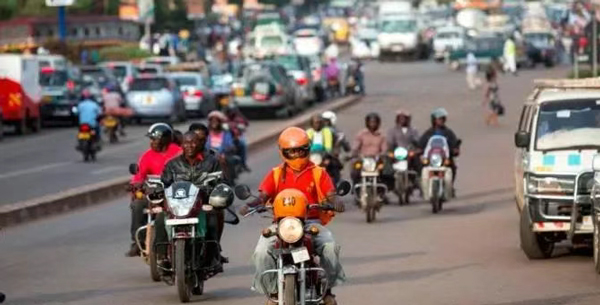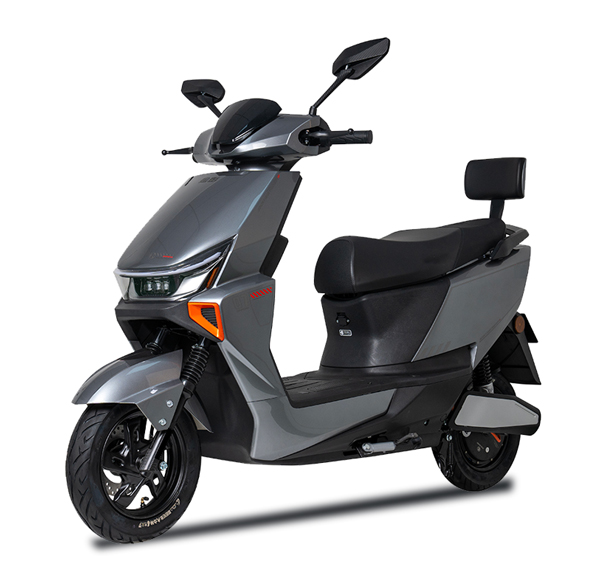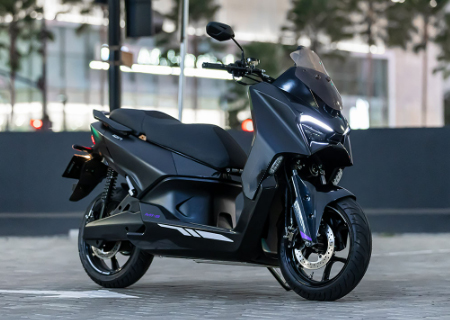개발도상국의 글로벌 2륜차 잠재 시장 및 전기화 기회
Aug 13, 2025개발도상국의 글로벌 2륜차 잠재 시장 및 전기화 기회

전 세계 이륜차 잠재 사용자 수는 20억~25억 명으로 추산되며, 이는 전 세계 인구의 약 3분의 1에 해당합니다. 개발도상국으로의 전기 이륜차 시장 확대는 새로운 사업 기회로 부상했습니다.
최근 국내 한 기업이 모빌리티 사업부 해외 관리자와 전기 오토바이 제품 관리자를 채용하며 주목을 받고 있습니다. 관계자에 따르면, 이 기업은 자체적으로 육성한 전기 이륜차 프로젝트를 아프리카와 남아시아 시장에 집중하며 약 3년간 조용히 개발해 왔습니다.
전 세계적인 전기화 열풍 속에서 이륜차는 개발도상국의 전기화 주요 수단으로 자리 잡았습니다. 예를 들어, 남아시아와 동남아시아는 오랫동안 전기 이륜차 개발을 추진해 왔으며, 치열한 경쟁을 벌여 왔습니다. 업계에서는 개발도상국의 이륜차 전기화가 공급망 전반에 걸쳐 기업들이 해외로 진출할 수 있는 새로운 기회를 창출하고 있다는 데 공감대를 형성하고 있습니다.
일부 기업의 시장 진출은 아프리카에서 전기 이륜차의 기회에 대한 관심을 불러일으켰습니다. 아프리카 시장에서 이륜차의 중요성은 스마트폰의 확산과 같습니다. 높은 수요, 낮은 보급률, 그리고 블루오션 시장의 시작점이라는 점에서 그렇습니다. 일부 아프리카 국가에서는 정책적 지원이 전기화의 "시작 버튼"을 누르고 있습니다.
2024년 말, 르완다 정부는 2025년부터 수도 키갈리에서 신규 연료 구동 오토바이 등록을 금지하고 모든 신규 등록 차량을 전기 오토바이로 의무화한다고 발표했습니다. 또한 50km마다 1개씩, 총 200개 이상의 충전소를 건설할 계획이며, 민간 기업이 완성차, 전력 시스템, 충전 장비의 국산화에 참여하도록 장려하기 위한 재정 보조금을 포함한 전국적인 지원 계획을 수립했습니다.
르완다만 이런 정책을 펼치는 것은 아닙니다. 2023년 케냐는 현지 전기차 스타트업과 파트너십을 맺고 120만 대의 전기 오토바이 판매를 촉진하고 3,000개 이상의 배터리 교체 및 충전소를 구축한다고 발표했습니다. 우간다는 또한 오토바이 전기화 계획을 추진하여 차량 구매와 배터리 교체에 대한 이중 보조금을 제공하고 있습니다.
많은 정부 정책 문서에서는 전기 오토바이를 운송 부문의 배출 감소와 에너지 전환을 위한 핵심 동력으로 명확히 규정하고 있으며, 이를 깨끗한 교통 인프라 개발을 위한 우선 프로젝트로 나열하고 있습니다.

유럽과 미국이 스마트 사륜 전기차에 집중하는 반면, 아프리카, 남아시아, 동남아시아 등 개발도상국에서는 이륜차가 승용차를 제치고 전기화의 주요 수단으로 자리 잡았습니다. 이는 여러 요인에 기인합니다.
아프리카 국가들에 앞서 남아시아와 동남아시아의 이륜차 시장도 강력한 정책 지원 하에 급성장했습니다.
l인도의 전기 2륜차에 대한 보조금 정책으로 인해 2023년 판매량은 전년 대비 33.5% 급증하여 857,000대에 달했습니다.
l인도네시아는 2025년까지 180만 대의 연료 오토바이를 교체할 계획이다.
l베트남은 세금 인센티브와 전용 차선 계획을 통해 동남아시아에서 가장 높은 전기 이륜차 보급률 8.5%를 달성했습니다.
이제 아프리카는 인프라 성장의 기로에 접어들고 있습니다. 기술과 정책 측면에서는 동남아시아보다 덜 성숙해 있지만, "무엇이든 가능하게" 하는 더 많은 기회를 제공합니다.

덜 개발된 지역에서는 이륜차가 소비재일 뿐만 아니라 필수적인 생산 도구이기도 합니다.
사하라 이남 아프리카 지역에서는 오토바이 차량이 2010년 500만 대에서 2022년 2,700만 대로 늘어났으며, 이 중 80% 이상이 오토바이 택시, 물류, 도시-농촌 셔틀 등 상업적 운송에 사용됩니다.
프로 라이더들은 일반적으로 하루 50km 이상을 이동하며, 연료비가 수입의 30~40%를 차지합니다. 전기화는 총 수명 주기 비용을 50% 이상 절감할 수 있습니다.
아프리카 일부 지역에서는 전력망 보급률이 20% 미만이며, 방글라데시에서는 하루 정전이 2~4시간 지속됩니다. 사륜차에 비해 이륜차는 복잡한 지형이나 전기 공급이 제한적인 지역에 더 적합합니다.
l아프리카: 고온과 먼지가 많은 환경에서는 열 안정성, 밀봉성, 방진성이 뛰어난 배터리가 필요합니다.
l동남아시아: 습도가 높고, 우기가 길고, 도로 상황이 복잡하므로 방수, 충격 방지, 장수명 배터리가 필요합니다.
불안정하거나 전력망 공급이 제한적인 지역에서는 하이브리드 배터리 솔루션이나 저전력 충전 호환성과 같은 비용 효율성과 적응성 간의 균형을 맞춰야 합니다. 배터리 교체 모델은 이러한 측면에서 매우 유리합니다. 일부 사업자는 단 몇 개의 교체 스테이션만으로도 수천 명의 승객에게 서비스를 제공할 수 있습니다.
고강도 사용에는 빠른 충전 기능, 긴 수명, 그리고 높은 출력을 갖춘 배터리가 필요합니다. 예를 들어 20분 만에 80%까지 충전되는 배터리나, 작동 효율을 크게 향상시키는 가볍고 고방전 모듈이 있습니다.
현지 생산 공장을 건설하면 관세와 물류 비용을 낮추고, 공급망을 단축하며, 시장 대응력을 높일 수 있습니다.
개발도상국 시장에서 성공하려면 잘 구축된 오프라인 애프터서비스 네트워크가 필수적입니다. 사용자는 배터리 유지관리와 교체의 용이성과 시기적절함을 우선시하기 때문입니다.
여러 국가에 걸쳐 통합된 R&D, 생산, 판매, 운영 네트워크를 구축함으로써 기업은 해외 수익 점유율을 높이고 공급망의 회복력을 강화할 수 있습니다.